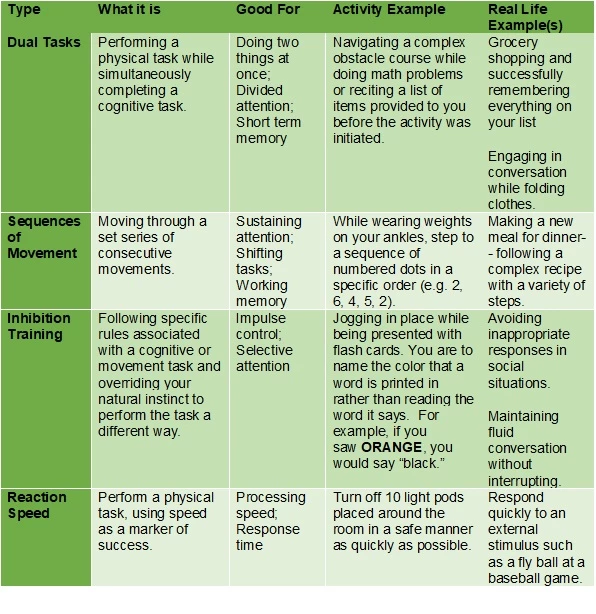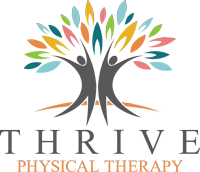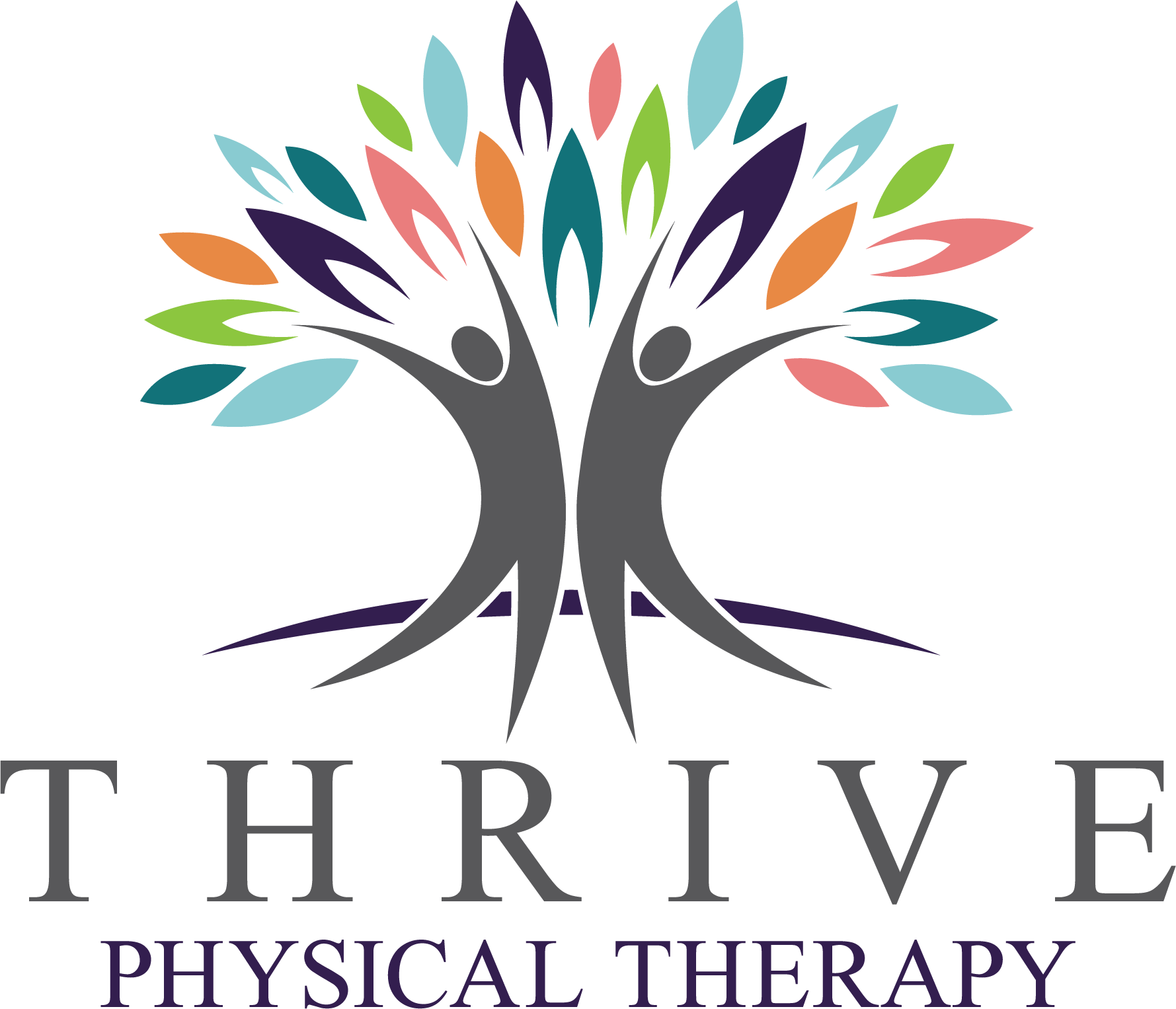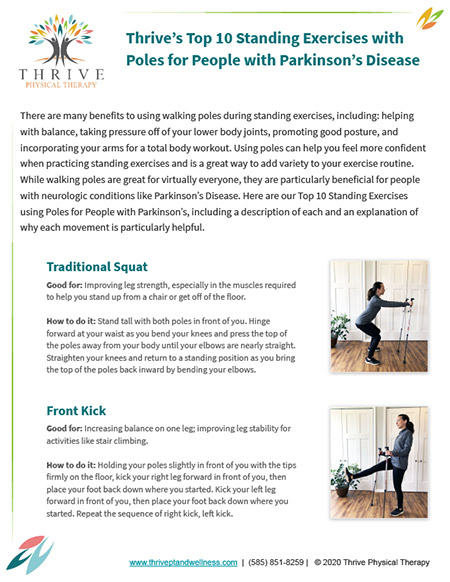If you checked out our recent blog post, Train for a Healthier Brain, you know that exercise can improve your cognitive abilities through the incredible process of neuroplasticity. With a consistent and progressive program, you can actually reconfigure the circuitry in your brain to help you think faster, remember better, and even organize your thoughts to plan more complex events. If improving your cognitive health through exercise is a priority for you, you definitely want to continue reading this post.

New research is revealing that while both mental and physical training (exercise!) enhance your cognitive abilities, doing them together is even more beneficial than doing either of them alone. (1) This combination is called Mental And Physical Training and is a very exciting and promising new field of study. Engaging in MAP training is especially important for people who have identified some early cognitive changes that are somewhat bothersome but not yet interfering with day-to-day life (this is known as MCI, or mild cognitive impairment). While you should always be evaluated by your doctor for concerns about your memory, once you are assessed and cleared for normal activity, getting started on an exercise program designed to improve cognitive health is a highly recommended and proactive next step to continuing to live a vibrant and engaged lifestyle.
As a quick refresher, the 3 main types of exercise I recommend that all aging adults include in their personal routine are: aerobic exercise, strength training, and skill training.
Within these 3 types of exercise, there is lots of freedom for personalization based on what you find most enjoyable, feasible, and safe for your body. Each of these types of exercises have their own unique physical, psychological, and cognitive benefits and if you manage to include all 3 in your weekly regimen, you are doing GREAT!!
MAP training can give you even more bang for your exercise-minute-buck by recruiting more of your brain to be engaged and turned on, by strengthening connections between brain cells, and even by cultivating new pathways for learning. I like to think of it as adding layers to an exercise program, making it more complex and stimulating.
Here’s a chart of some types of MAP paradigms that may be used in individualized programs:

If MAP training seems complex, that’s because it is! If you are serious about improving your cognitive health through exercise and want to give MAP training a try, it’s important to work with a skilled professional (such as a neurologic physical therapist). There are many considerations and variables to consider when layering cognitive challenges on top of physical ones. Here’s a few:
-
- A neuro PT can interview you and perform a comprehensive assessment to help identify which areas of cognition are priorities for you and therefore which types of MAP training to work on.
- Safety is a big consideration when adding cognitive challenges to exercise because it can make a person less able to pay attention to their balance and body mechanics. Having someone to guard you and monitor the integrity of your physical movements is important.
- Cognitive training can feel frustrating at times. A neuro PT can skillfully monitor a person’s response to the layering of activities and continuously adjust the level of difficulty. We seek a “just right” challenge to find the perfect balance of difficulty and success to keep you engaged and feeling great about your effort.

If this type of work was available as a pill, every aging adult would be taking it! Unfortunately, it’s not that easy. It takes consistency, effort, and guidance to have success with MAP training. But when the benefit is renewed cognitive health, the effort is well worth it!
The Thrive team would love to help get you started on the path to having a sharper, stronger, more connected brain! Give us a call to find out how we can help you!
Are you wondering if MAP training is right for you? Take our quick 10 question quiz that can help you decide.
To your health and well-being,
Ashley







